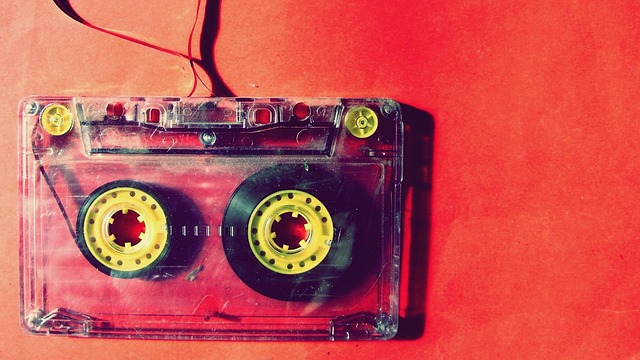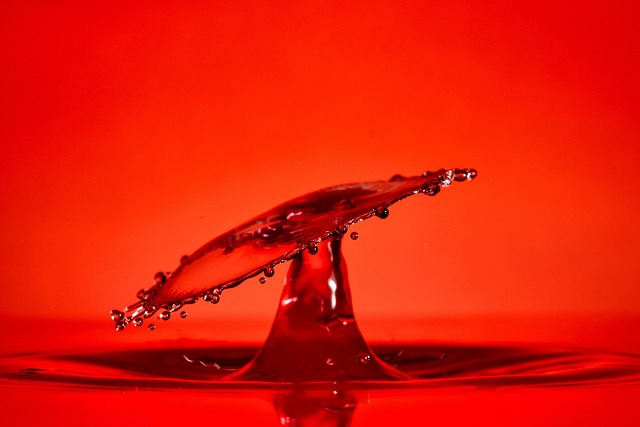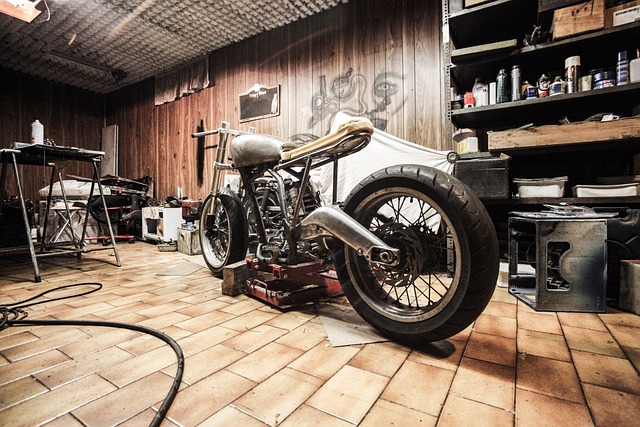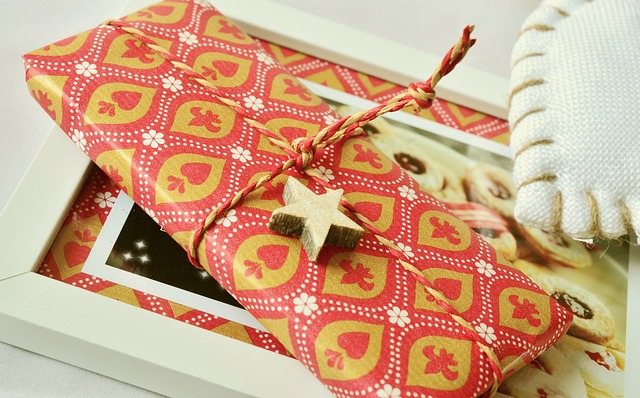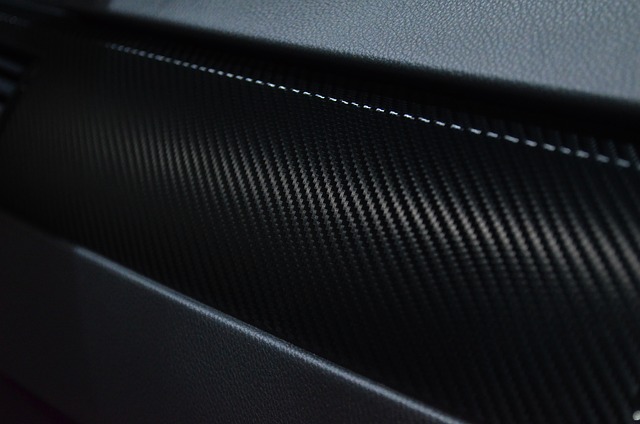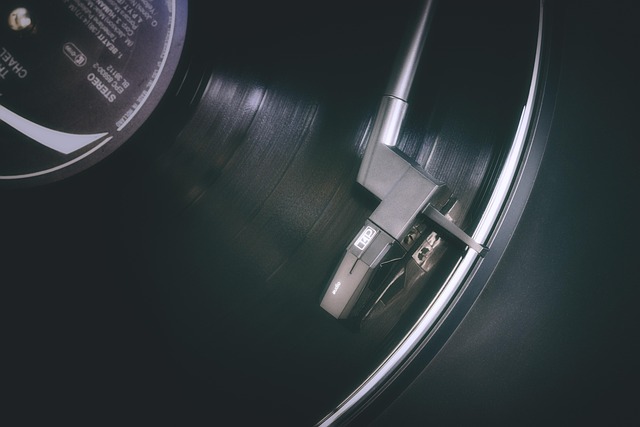Understanding the Knife-less Tape Wrap Method
The knife-less tape wrap method is an innovative technique that allows DIY enthusiasts and professionals alike to achieve precise cuts and wraps without the need for traditional cutting tools. This method not only enhances safety but also ensures that your projects have a clean, professional finish. In this blog post, we will explore the benefits of this technique, how to use it effectively, and tips for mastering your projects.
What is the Knife-less Tape Wrap Method?
The knife-less tape wrap method utilizes a specialized tape with built-in cutting capabilities. This tape features a strong adhesive backing and an internal thread that allows you to create clean cuts simply by pulling on the tape. The result is a precise edge without the risk of injury that comes with using knives or scissors.
Benefits of Using the Knife-less Tape Wrap Method
- Increased Safety: The absence of sharp blades significantly reduces the risk of cuts and injuries, making it ideal for projects involving children or for those who are not comfortable using traditional cutting tools.
- Professional Quality: This method provides clean, straight edges that mimic the look of professionally cut materials. Your DIY projects will have a polished appearance without the hassle of using multiple tools.
- Time Efficient: The knife-less tape wrap method is quicker than traditional cutting methods. Simply apply the tape, pull the string, and you’re done!
- Versatile Applications: This technique can be used on a variety of materials, such as vinyl, fabric, and paper, making it an excellent choice for multiple projects.
How to Use the Knife-less Tape Wrap Method
Using the knife-less tape wrap method is simple and straightforward. Follow these steps to get started:
- Gather Your Materials: You will need knife-less tape, the material you wish to cut or wrap, and a clean working surface.
- Measure and Mark: Measure the length needed for your project and mark it on the material lightly with a pencil for guidance.
- Apply the Tape: Lay the knife-less tape along the marked line, ensuring it adheres well to the surface of the material.
- Cut with Ease: Pull on the string embedded within the tape. This action will cut through the material precisely at the tape line.
- Finish Your Project: Once you’ve made your cuts, you can remove the tape and proceed with your project as planned.
Tips for Mastering the Knife-less Tape Wrap Method
- Practice on Scraps: Before starting on your final project, practice on scrap material to get a feel for the technique and to ensure you’re comfortable with the tape.
- Keep the Surface Clean: Make sure the surface of the material is clean and dry for optimal adhesion of the tape.
- Use Quality Tape: Invest in high-quality knife-less tape for the best results. Cheaper options may not provide the same level of precision or adhesive strength.
- Experiment with Different Materials: Test the knife-less tape wrap method on different materials to see how well it works with each, adjusting your technique as necessary.
Real-Life Applications of the Knife-less Tape Wrap Method
Here are some common projects where the knife-less tape wrap method can be particularly beneficial:
- Home Décor: Create custom wall art, frames, or decorative pieces with clean lines.
- Craft Projects: Perfect for scrapbooking, card making, or fabric crafts where precision is key.
- Model Making: Ideal for hobbyists constructing models or dioramas that require intricate detailing.
- Automotive and DIY Repairs: Use the method for wrapping and securing materials in vehicle repairs or other DIY home projects.
Conclusion
The knife-less tape wrap method is a game changer for anyone looking to enhance their DIY skills while prioritizing safety and precision. By incorporating this innovative technique into your crafting toolkit, you can achieve professional-grade results with ease. Whether you’re a beginner or an experienced DIYer, mastering this method will elevate your projects to the next level. So grab some knife-less tape and start creating!

